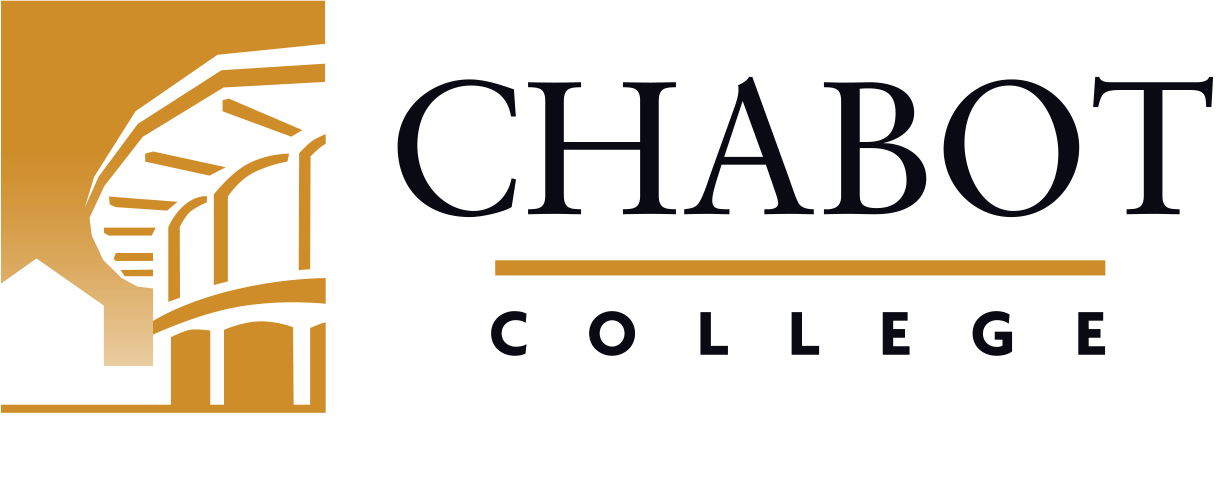
Course Outline for Art 7B
Intermediate Watercolor Painting
Effective: Fall 2022
SLO Rev: 05/19/2016
SLO Rev: 05/19/2016
Catalog Description:
ART 7B - Intermediate Watercolor Painting
3.00 Units
Continued development of knowledge and techniques introduced in Beginning Watercolor Painting. Emphasis on intermediate watercolor techniques that that advance the student’s skills and portfolio of paintings. Students will begin to create work based on their individual style.
Prerequisite: ART 7A.
1002.10 - Painting and Drawing
Optional
| Type | Units | Inside of Class Hours | Outside of Class Hours | Total Student Learning Hours |
|---|---|---|---|---|
| Lecture | 2.00 | 36.00 | 72.00 | 108.00 |
| Laboratory | 1.00 | 72.00 | 0.00 | 72.00 |
| Total | 3.00 | 108.00 | 72.00 | 180.00 |
Measurable Objectives:
Upon completion of this course, the student should be able to:
- paint a complete watercolor painting using various watercolor techniques;
- increase interpretation and use of intermediate technique and image;
- compose a complex painting in watercolor;
- develop a critical view of watercolor painting.
- develop and express conceptual and material intentions in written
and oral formats and apply these to the creation of a finished series of watercolor paintings; - critique finished paintings and receive criticism from others;
- produce watercolor paintings based on individual interpretation of topical assignments and problems;
Course Content:
Course Content (Lecture):
- Physical properties and working characteristics of watercolor paint
- pigments
- exploration of supports (types of papers)
- masks
- tools
- Intermediate pictorial problems
- traditional
- contemporary
- representational
- materials
- concepts
- Exploration of subject matter
- abstract
- non-objective or non-representtaional
- representational
- figure
- landscape
- Intermediate watercolor techniques
- Island Wet Wash Painting
- Layering from transparent to opaque (Homer technique)
- Glazing technique (at least 10 glazes)
- Shadow shape technique
- Wyeth Technique (evokes a textural surface)
- Turner technique (push and pull of paint)
- Mixing of watercolor and gouche on colored paper
- Safety rules and precautions of all painting materials and residues
- handling
- storage
- disposal of all painting materials and residues.
Course Content (Studio):
- Design and produce watercolor paintings with an intermediate understanding of:
- the physical properties of watercolor paint
- working characteristics of watercolor paint
- pigments
- supports
- tools
- Produce paintings based on individual interpretation of topical assignments and problems
- Develop and express conceptual and material intentions
- written
- oral formats
- apply these to the creation of a finished series of paintings
- Critique paintings
- orally
- writing
- correct terminology
- concepts
- materials
- techniques
- Paint a variety of subject matter:
- still life
- landscape
- figure
- non-representational painting
- Experiment with and construct paintings utilizing non-traditional pictorial formats and concepts
- abstract
- non-objective
- multiple-panel
- mixed media paintings
- Apply all safety rules and precautions of all painting materials and residues
- handling
- storage
- disposal
- The use of intermediate watercolor techniques in paintings
- Island Wet Wash Painting
- Layering from transparent to opaque (Homer technique)
- Glazing technique (at least 10 glazes)
- Shadow shape technique
- Wyeth Technique (evokes a textural surface)
- Turner technique (push and pull of paint)
- Mixing of watercolor and gouche on colored paper
Methods of Instruction:
- Activity play
- Distance Education
- Demonstration of techniques learned
- Group critiques
- Individual presentation
- Lectures, discussions and demonstrations
- Slides, videos, DVDs
Assignments and Methods of Evaluating Student Progress:
- Complete a painting using the island wet wash technique. Students may continue by using a dry, wet wash technique and, if necessary, to improve the painting, by using dry wash layering
- Complete a painting first by layering transparent washes per area and shape. Then, lay more opaque washes for darker or brighter areas and complete the process with the most opaque washes for the darkest or brightest area.
- Completion of assigned watercolor paintings
- Completion of a final watercolor painting based on an old master
- Critiques throughout semester
Upon the completion of this course, the student should be able to:
- Student will compose complex watercolor paitnting compositions
- Students will be able to paint different pictures using different watercolor techniques
- Students will demonstrate the use of color that emphasizes value as a basis for color contrast.
Textbooks (Typical):
- Webb, David (2016). Painting in Watercolor: The Indispensable Guide Firefly Books; Illustrated edition .
- Material list to be provided at the start of the course, to include: various brushes, watercolor paints, palette, transportation container, papers and other items such as easel, sponges, etc.
Abbreviated Class Schedule Description:
Continued development of knowledge and techniques introduced in Beginning Watercolor Painting. Emphasis on intermediate watercolor techniques that advance the student’s skills and portfolio of paintings.
Prerequisite: ART 7A.